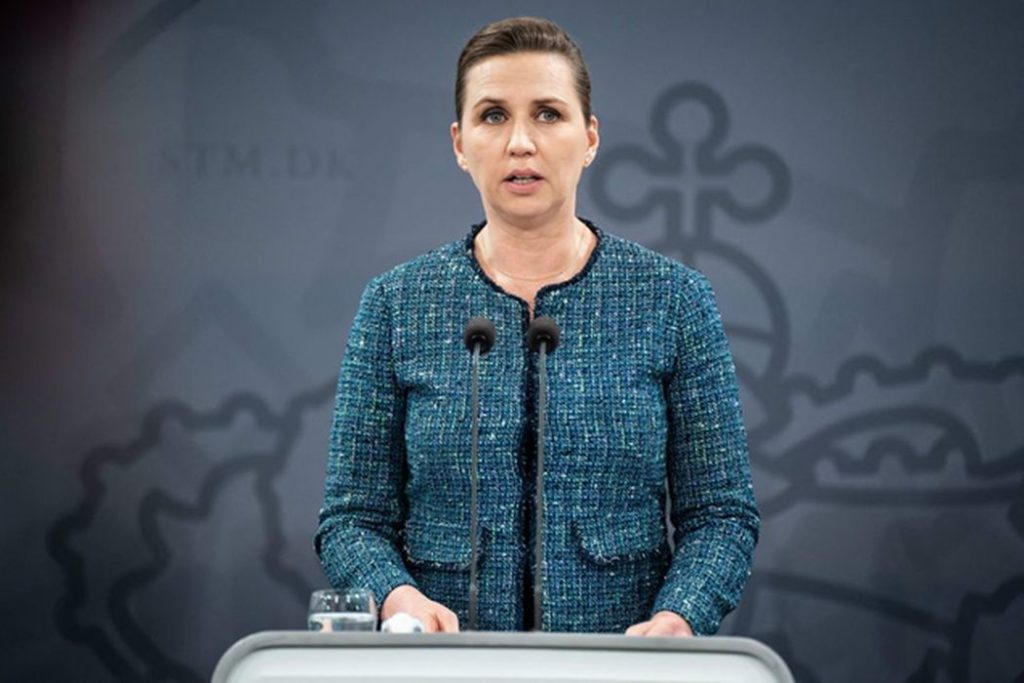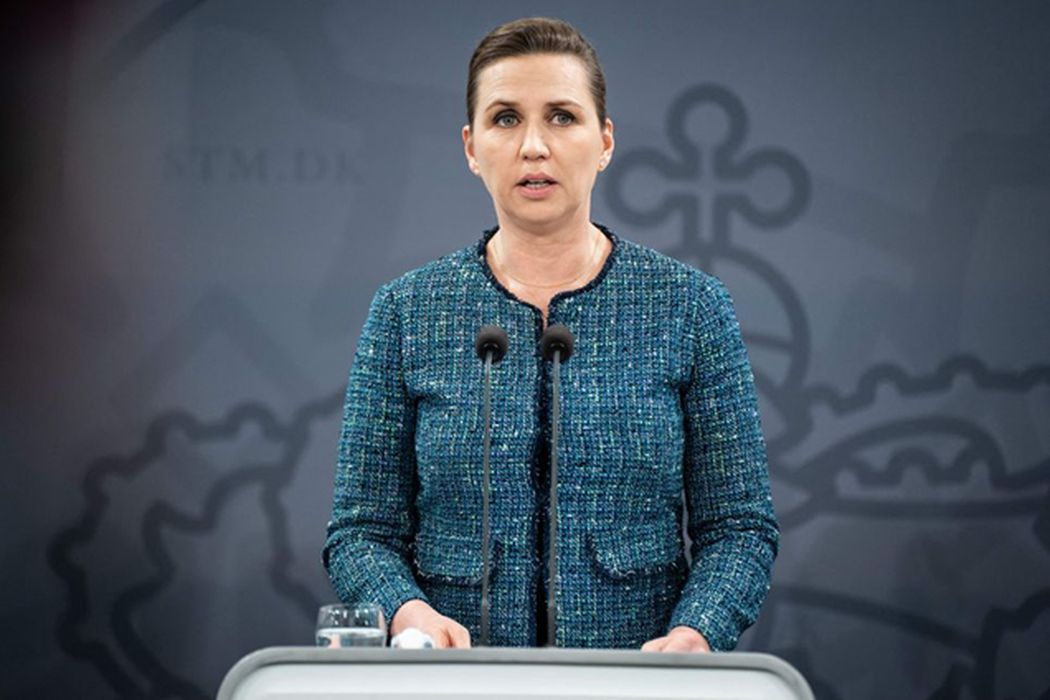
Charles R. Goulding & Ryan Donley look at Denmark’s increased use of 3D printing in the military sector.
Denmark’s Prime Minister Mette Frederiksen announced in early March that the country plans to significantly increase military spending to 2% of gross domestic product by 2033. Andersson also cited that Dane’s need to become independent of Russian natural gasses as a measure of security policy.
For over 30 years, Denmark has refrained from joint EU defense operations and policies. Denmark joins the growing list of several European nations robustly increasing military investments including, Germany, Sweden, Norway, and Finland. The looming security threat imposed by Russia has engaged many European countries to fortify their military spending for the first time in decades as well as prepare for refugee intake such as Poland has.
Sources within the Danish military have stated they would prefer a substantial amount of funds to be spent on drones. As modern warfare rapidly evolves, drone warfare is increasingly having an impact on the battlefield. So far, this has been widely evidenced in the Ukraine and Russia confrontation where the United States has sent 100 AeroVironment Switchblade killer drones that are being deployed strategically throughout the conflict.
Drones have also been a center of attention in Denmark as there are currently 22 drone start-ups emerging with several dedicated to unmanned aerial military applications and defense. Denmark’s largest defense company is Terma with 1,500 employees and specializes in aerospace applications. Terma recently announced the development of an intelligent counter-drone system using sensors and AI to repel numerous airborne security threats.
Terma has also been experimenting extensively with additive manufacturing processes. The development team noticed a significant amount of material waste during part production of F-35 fighter jet components and began to experiment with additive manufacturing. After testing and integrating 3D printing to their processes, Terma began to leverage the technology extensively and significantly cut down lead-time and post-processing to deliver quality parts under small time frames and cut down on waste. 3D printing in Denmark is growing exponentially, especially in the aerospace and defense industry with other companies such as Elektro-Isola and PowerStow beginning to leverage additive manufacturing for their practices.
The Research & Development Tax Credit
The now permanent Research and Development (R&D) Tax Credit is available for companies developing new or improved products, processes and/or software.
3D printing can help boost a company’s R&D Tax Credits. Wages for technical employees creating, testing and revising 3D printed prototypes can be included as a percentage of eligible time spent for the R&D Tax Credit. Similarly, when used as a method of improving a process, time spent integrating 3D printing hardware and software counts as an eligible activity. Lastly, when used for modeling and preproduction, the costs of filaments consumed during the development process may also be recovered.
Whether it is used for creating and testing prototypes or for final production, 3D printing is a great indicator that R&D Credit eligible activities are taking place. Companies implementing this technology at any point should consider taking advantage of R&D Tax Credits.
Conclusion
Denmark joins the ranks of the growing number of European countries bolstering their military spending because of the ongoing Russian invasion of Ukraine. The influx of military spending is unprecedented for many European countries and could have a significant impact on the future of additive manufacturing in the military segment.

